ALSTOM EP3-E-4-A 控制器模块存储位的存储单元;控制内存元素更新的时钟信号。CPU的基本任务是执行指令,对计算机来说,这些指令最终是一串0和1。CPU在逻辑上可以分为控制单元、计算单元和存储单元三个模块,三个模块之间通过CPU内部总线连接。如下:控制单元:控制单元是整个CPU的命令控制中心,由指令寄存器IR、指令解码器ID、操作控制器OC等组成。保持整个电脑的正常运行是很重要的。它根据用户预先编好的程序,依次从存储器中取出每条指令,放入指令寄存器IR中,通过指令解码确定需要执行什么操作,然后通过操作控制器OC,按照确定的时间顺序,向相应的部件发出微操作控制信号。操作控制器OC主要包括节拍脉冲发生器、控制矩阵、时钟脉冲发生器、复位电路和断电电路控制逻辑。运算器。是计算机的核心。
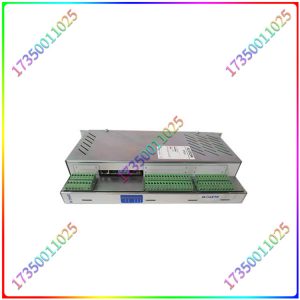
EP3-E-4-A
ALSTOM EP3-E-4-A 控制器模块相对于控制单元来说,计算机接受控制单元的命令并执行动作,即算术单元所执行的一切操作都是由控制单元发出的控制信号来指挥的,因此它是执行部件。存储单元这些包括芯片内缓存和寄存器库,它们是CPU中等待处理或已经处理的数据的临时存储。CPU访问寄存器的时间比访问内存的时间要少。寄存器的使用可以减少CPU访问内存的次数,从而提高CPU的工作速度。然而,由于芯片面积和集成度的限制,寄存器库的容量不能很大。寄存器组可分为特殊寄存器和一般寄存器。专用寄存器的功能是固定的,分别存放相应的数据。另一方面,通用寄存器是通用的,可以由程序员指定。通用寄存器的数量因微处理器而异。

EP3-E-4-A
ALSTOM EP3-E-4-A controller module storage unit for storage bits; The clock signal that controls the update of memory elements. The basic task of the CPU is to execute instructions, which for a computer are ultimately a series of 0s and 1s. The CPU can be logically divided into three modules: control unit, computing unit, and storage unit, and the three modules are connected through the internal bus of the CPU. As follows: Control unit: The control unit is the command control center of the entire CPU, consisting of instruction register IR, instruction decoder ID, operation controller OC, etc. It is important to maintain the normal operation of the entire computer. It sequentially extracts each instruction from the memory based on the user’s pre programmed program, places it in the instruction register IR, decodes the instruction to determine what operation needs to be performed, and then sends micro operation control signals to the corresponding components in the determined time sequence through the operation controller OC. The operation controller OC mainly includes a beat pulse generator, control matrix, clock pulse generator, reset circuit, and power off circuit control logic. Arithmetic. It is the core of a computer.
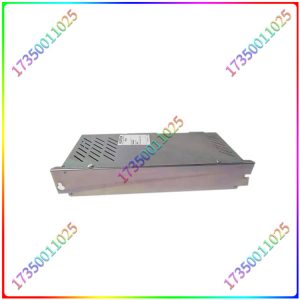
EP3-E-4-A
The ALSTOM EP3-E-4-A controller module, relative to the control unit, receives commands from the control unit and executes actions by the computer. That is, all operations performed by the arithmetic unit are commanded by control signals issued by the control unit, so it is an executing component. Storage units include on-chip cache and register library, which are temporary storage of data waiting to be processed or already processed in the CPU. The CPU takes less time to access registers than to access memory. The use of registers can reduce the number of times the CPU accesses memory, thereby improving the CPU’s working speed. However, due to limitations in chip area and integration, the capacity of the register library cannot be large. Register groups can be divided into special registers and general registers. The function of a dedicated register is fixed, storing corresponding data separately. On the other hand, general-purpose registers are universal and can be specified by programmers. The number of general-purpose registers varies depending on the microprocessor.
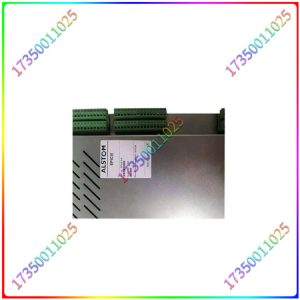
EP3-E-4-A

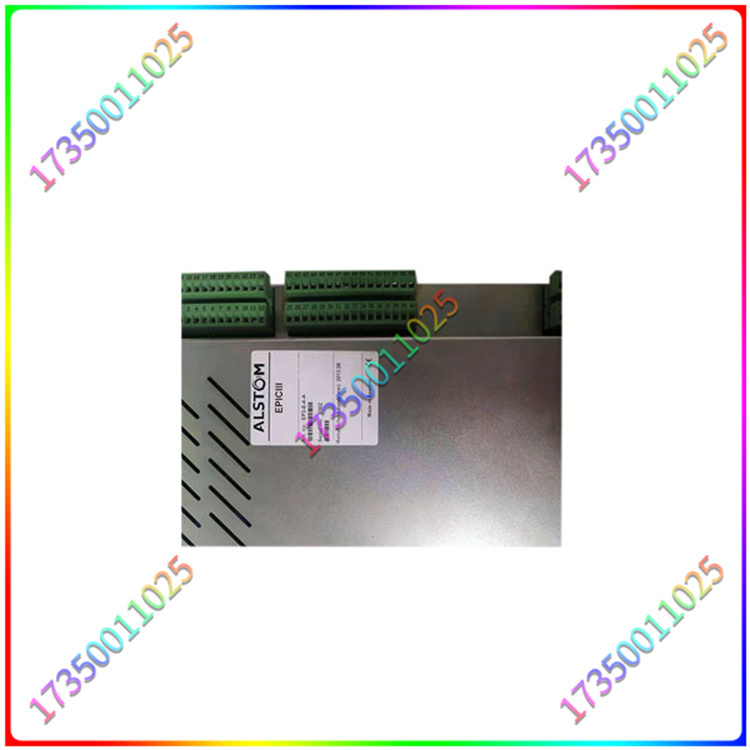

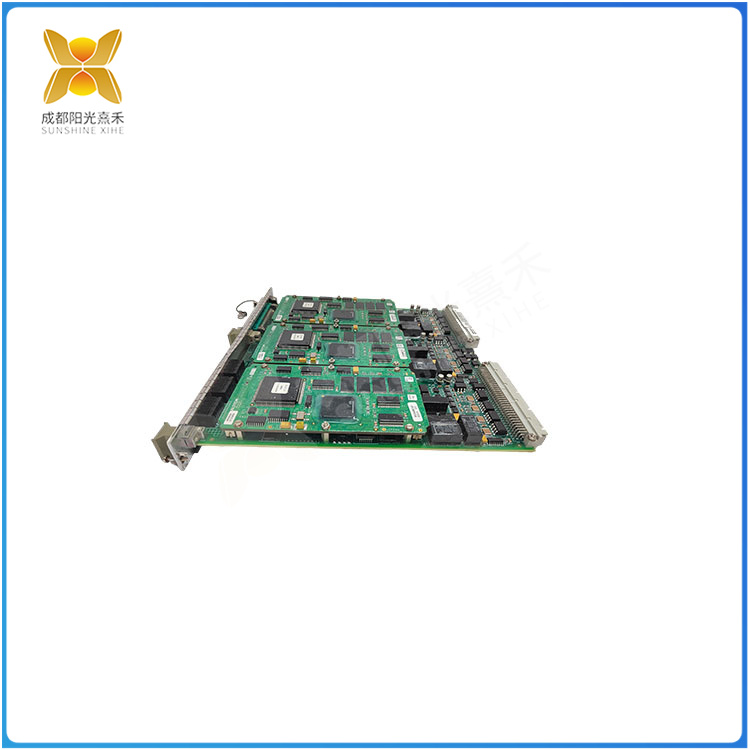
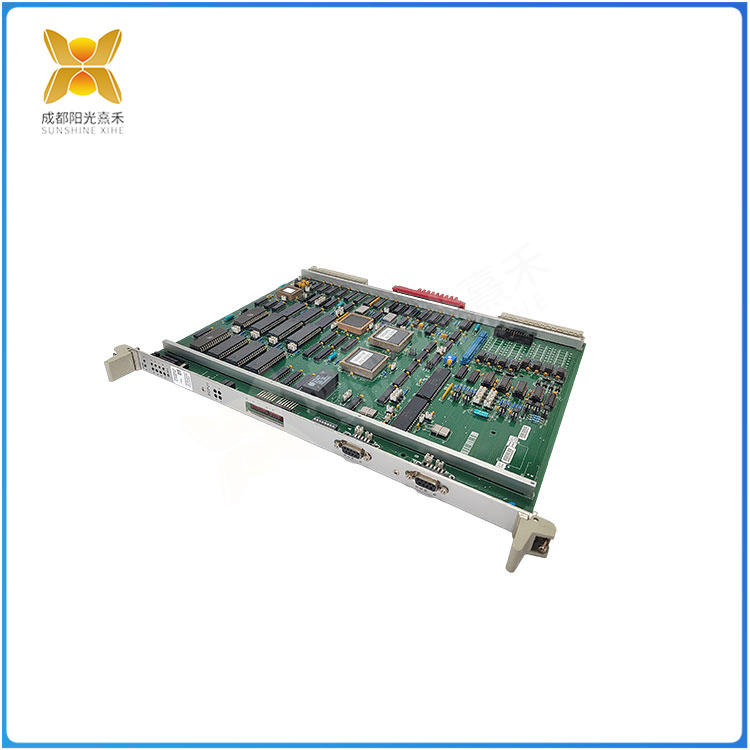
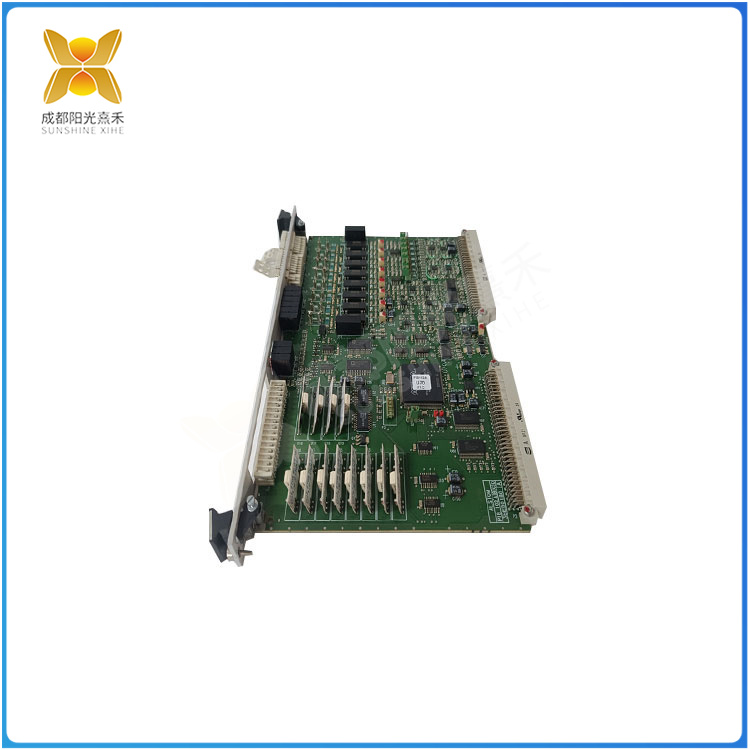
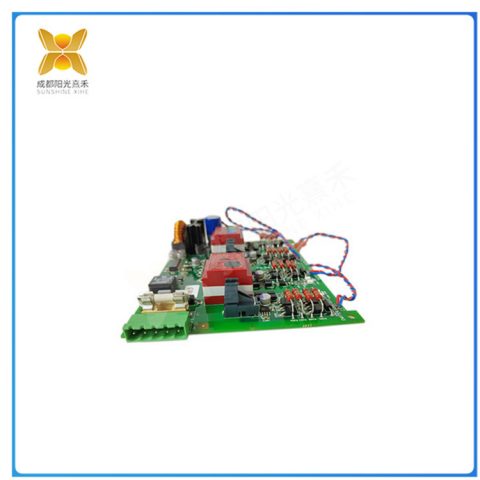

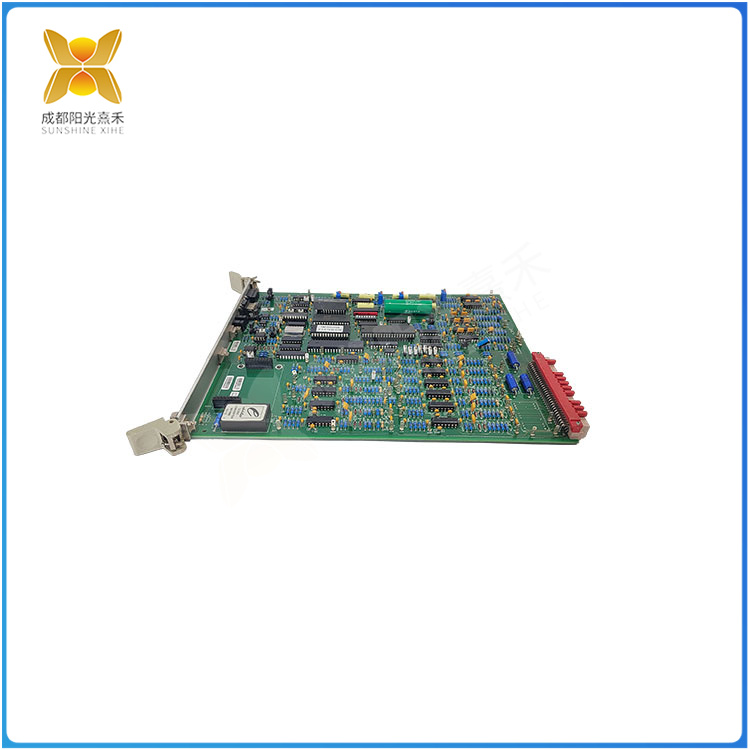
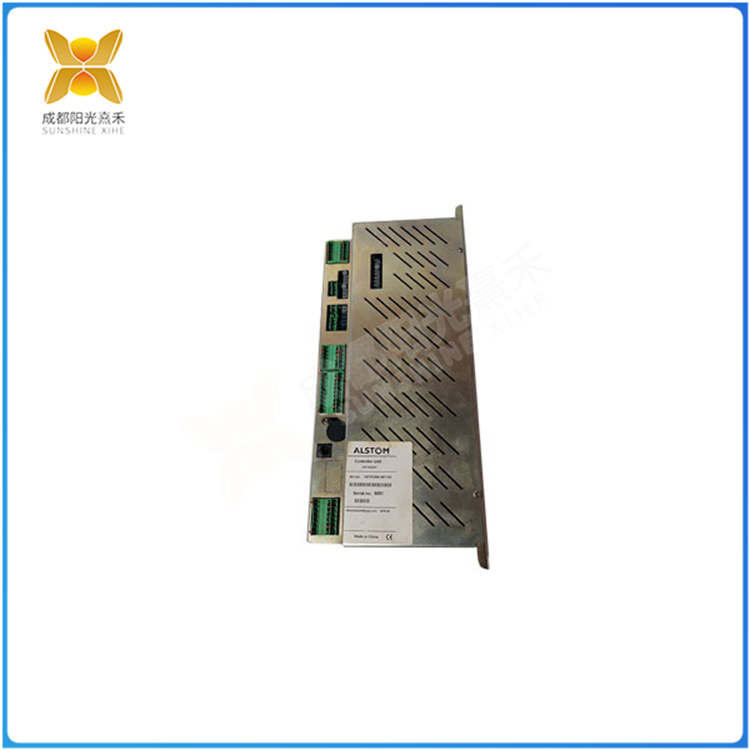
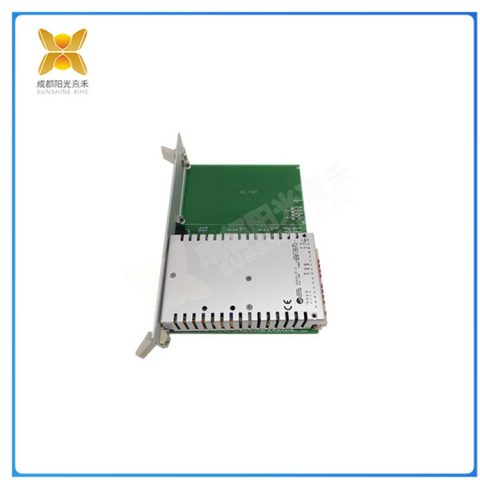
There are no reviews yet.